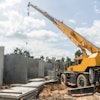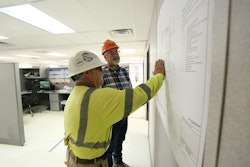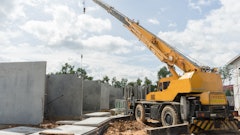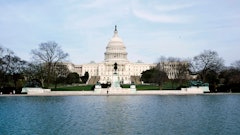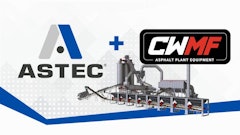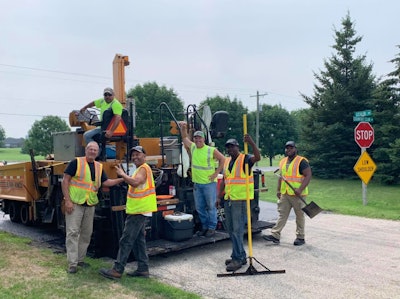
The $1.2 trillion Infrastructure Investment and Jobs Act or IIJA, signed into law in November 2021 promises to create plenty of work for construction contractors. A growing concern however is how that work will be completed with an already strapped workforce.
Infrastructure and transportation represent more than one out of every ten American jobs. According to a report by S&P global, the IIJA will create close to 1 million new jobs over the next decade. The analysis says that employment would be boosted by more than 880,000, with many middle-class jobs, including in construction, engineering and accounting.
Second quarter data from the U.S. Chamber of Commerce Commercial Construction showed that 88% of contractors are having difficulty finding workers, forcing them to pull back on projects. Of those who reported difficulty finding skilled labor, 35% have turned down work because of skilled labor shortages. If we don’t have the workers, how can we move these projects forward?
It's clear there is an urgent need to create pathways to high-quality jobs as the infrastructure law unlocks hundreds of billions of dollars in new investments to be funded by the Department of Transportation and creates a need for construction and maintenance workers and other skilled tradespeople.
The U.S. Department of Labor and U.S. Department of Transportation signed a memorandum of understanding (MOU) on March 7 to promote the creation of union jobs favoring “underserved populations.” This partnership will “ensure IIJA investments lead to good jobs and that workers have the training they need to access these jobs, especially women, people of color, and workers in communities who for too long have been left behind,” explained U.S. Secretary of Labor Marty Walsh in a statement.
The statement says the departments will use proven workforce development strategies, such as Registered Apprenticeship, to connect workers in underserved communities to modern day infrastructure and transportation jobs.
The Departments enter into this MOU to leverage the individual and combined resources and expertise of both agencies to ensure the actions necessary to meet common goals related to expanding equitable access to quality jobs for workers and communities in the development and modernization of American infrastructure. This MOU supports both Departments’ efforts, where permissible and consistent with available appropriations and authorities, to:
- Assist State and local government partners as well as private-sector industry who can identify, train, employ, reskill, and retain the diverse workforce needed to rebuild and operate American infrastructure.
- Integrate job quality, labor standards and equal employment opportunity standards across all grants related to transportation infrastructure.
- Leverage Federal spending to create more good-paying jobs in fair and safe workplaces that include health, retirement, and other essential benefits, and offer workers a free choice to form a union.
- Create a more diverse infrastructure workforce. Infrastructure jobs remain highly segregated. Black, Indigenous, and people of color (BIPOC) and women are underrepresented and concentrated in lower paying, less safe, non-unionized jobs in the sector. Other groups that face systemic barriers to employment, including people with disabilities, people with legal system involvement, and members of the LGBTQ+ community, also have not had equitable access to these jobs. DOT and DOL will both work to address occupational segregation and give a more diverse workforce access to these higher-paying jobs.
- Engage stakeholders and develop strategic partnerships with organizations that can draw on all of America’s strength, talent and skill, including coalitions that represent women, BIPOC, and other populations facing systemic barriers to employment to support the design and implementation of proven workforce development strategies that train and support the workers needed for the successful delivery of infrastructure investments. This includes the expansion of Registered Apprenticeship in high growth areas such as electrification, zero-emission transportation systems maintenance, bus, rail, truck operators as well as cyber-security and intelligent transportation systems technology.
As DOT and DOL collaborate, each will draw on their unique authorities and funding, including new authorities and programs under the infrastructure law. DOT will draw on considerable new funding and programs to invest in infrastructure; and DOL will draw on its strength and experience in encouraging high-quality jobs and its investments in equitable workforce development.




